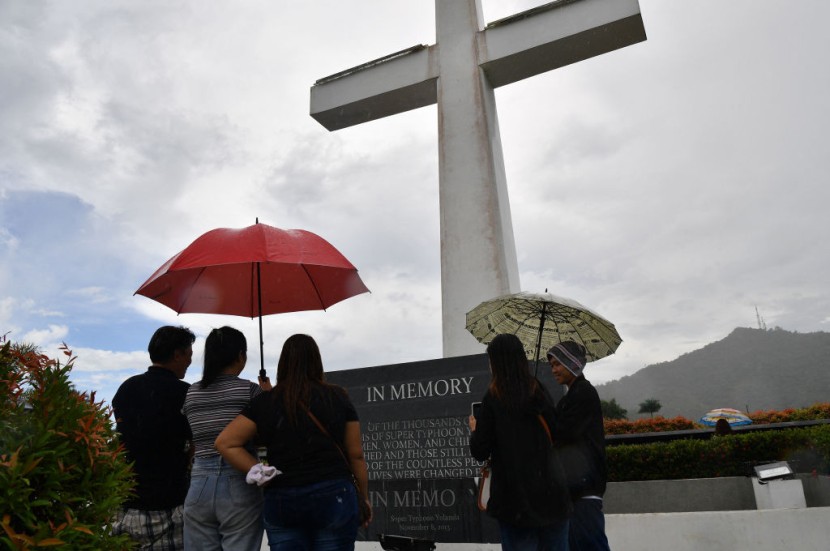On November 8, 2013, the city of Tacloban in the central Philippine island of Leyte was turned into a wet wasteland after supertyphoon Haiyan passed through the area with winds of up to 315 kilometers per hour.
The storm - locally known as Yolanda - was recorded as one of the strongest in the country's recorded history, claiming the lives of over 7,000 people, some of them still missing.

Exactly a decade later this Wednesday, Philippine President Ferdinand Marcos Jr. came to Tacloban to commemorate the 10th anniversary at the city's seaside convention center, one of the many structures that were damaged or destroyed.
Reflecting the Filipino Catholic identity and its affection for the Virgin Mary, a liturgical service was also offered in the ceremony, with the local bishop naming the anniversary as the feast of Our Lady of Hope ever since Haiyan's wrath.
Marcos also attended a disaster preparedness conference in the city after the event.
Housing Issues of Haiyan Survivors Still Exist, Filipino Officials Say
Meanwhile, Filipino housing and resettlement officials were still working to expedite the distribution of housing units and land titles to the Haiyan survivors.

Manila auditors revealed that the government was still not finished building 44,823 housing units intended for families displaced by the storm.
"We have engaged the Department of Human Settlements and Urban Development and the National Housing Authority to accelerate the provision of housing units and land titles to our beneficiaries," Marcos said.
This statement came out as Tacloban Mayor Alfred Romualdez also revealed that around 18,000 housing units were constructed for residents affected by Haiyan, with 5,000 of them in need of repair.
"Almost half of the houses that were built in 2013 up to 2016, most of them actually, were incomplete and substandard," Romualdez told local broadcaster ABS-CBN. "We promised all these people in the danger zones that we're moving them to safer places and providing them a house to live in."
© 2026 HNGN, All rights reserved. Do not reproduce without permission.








